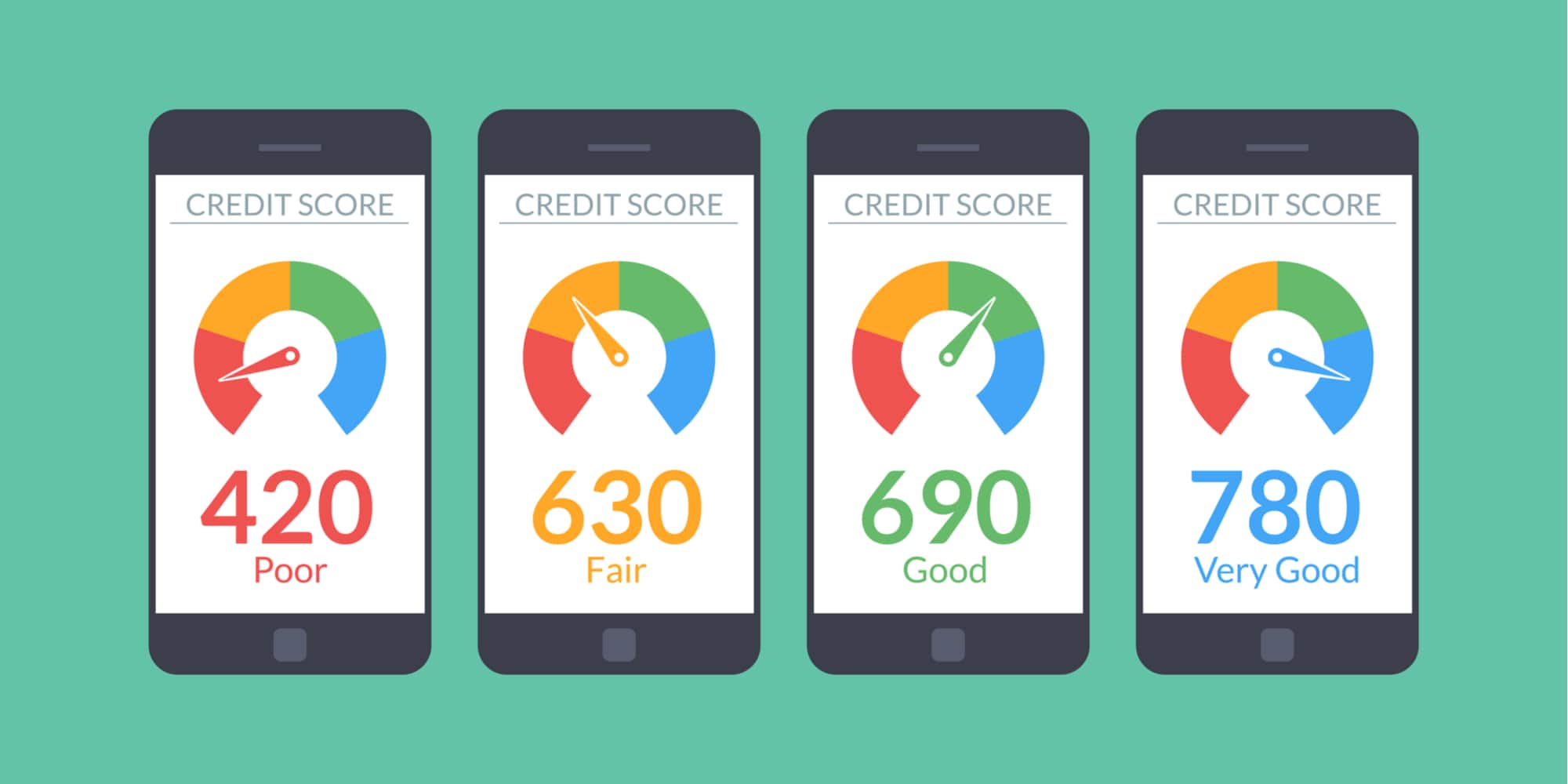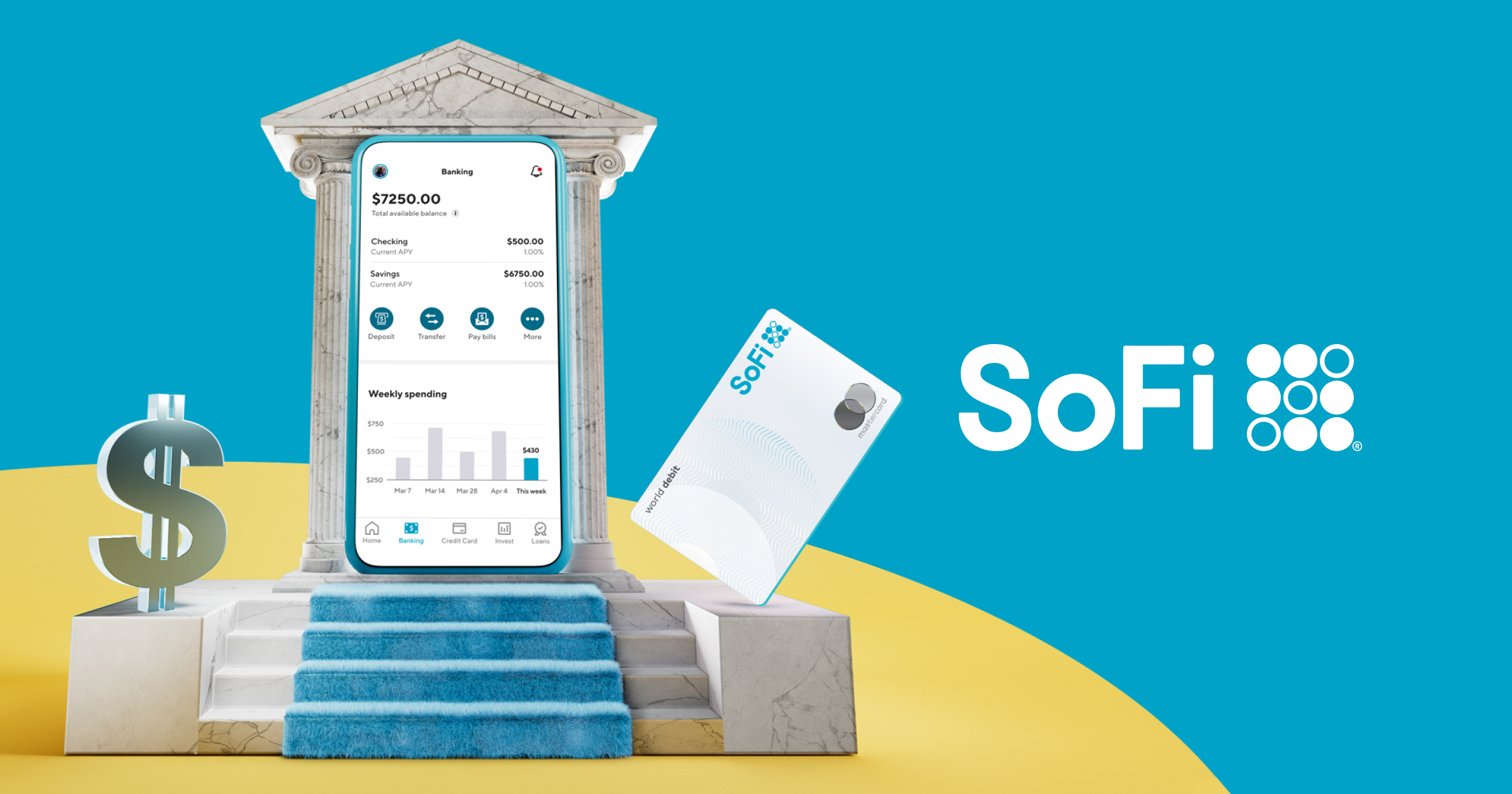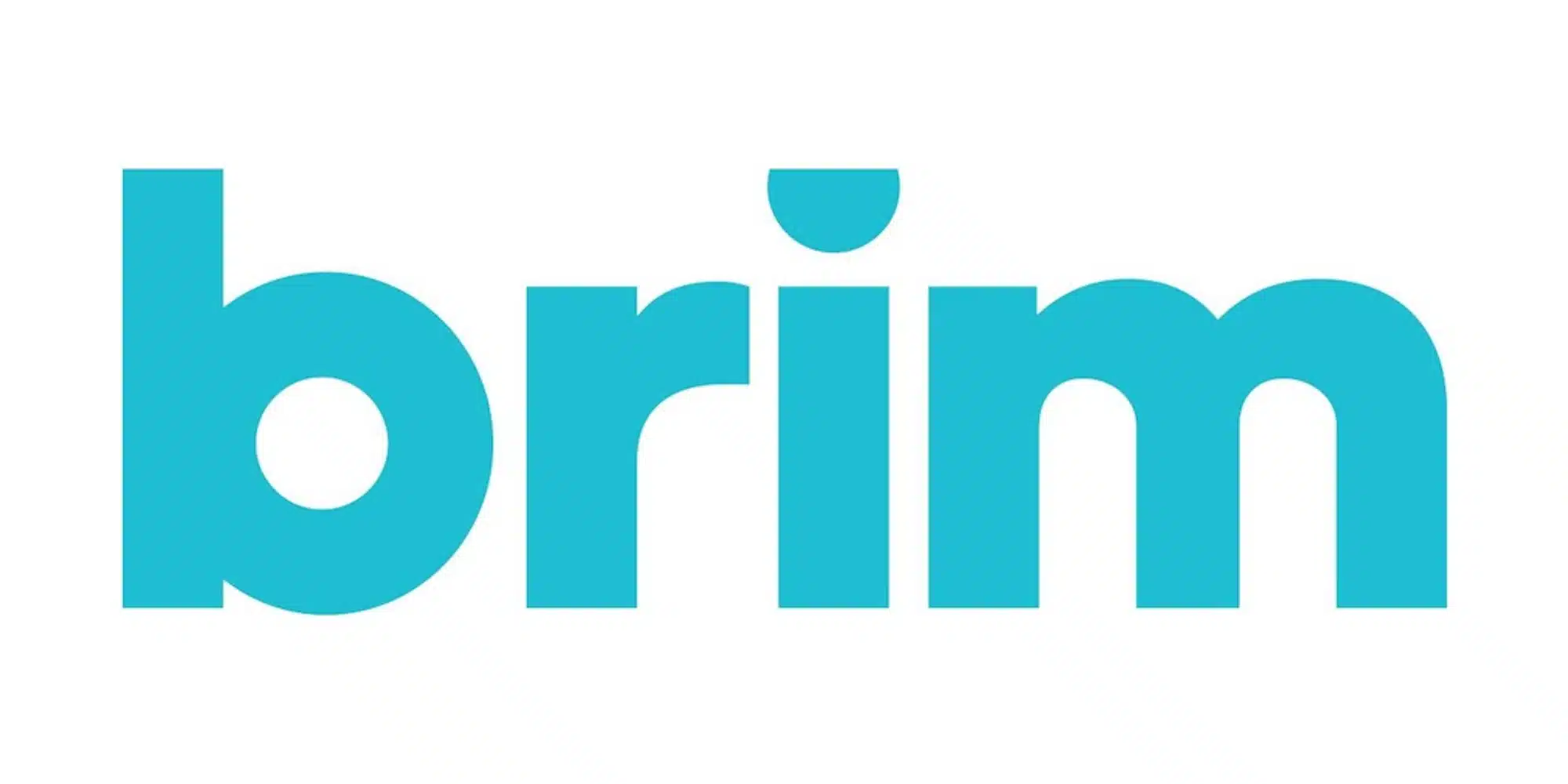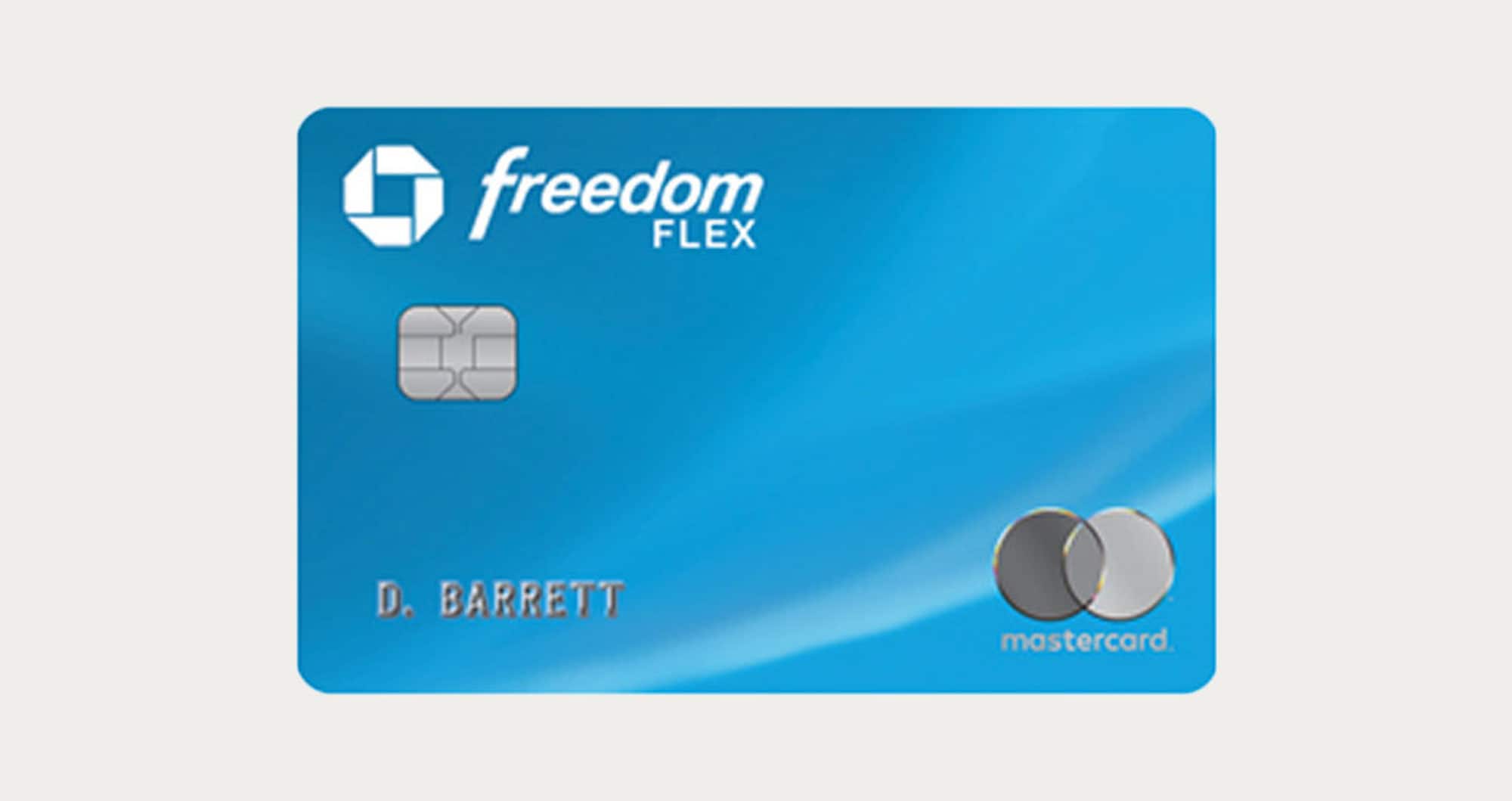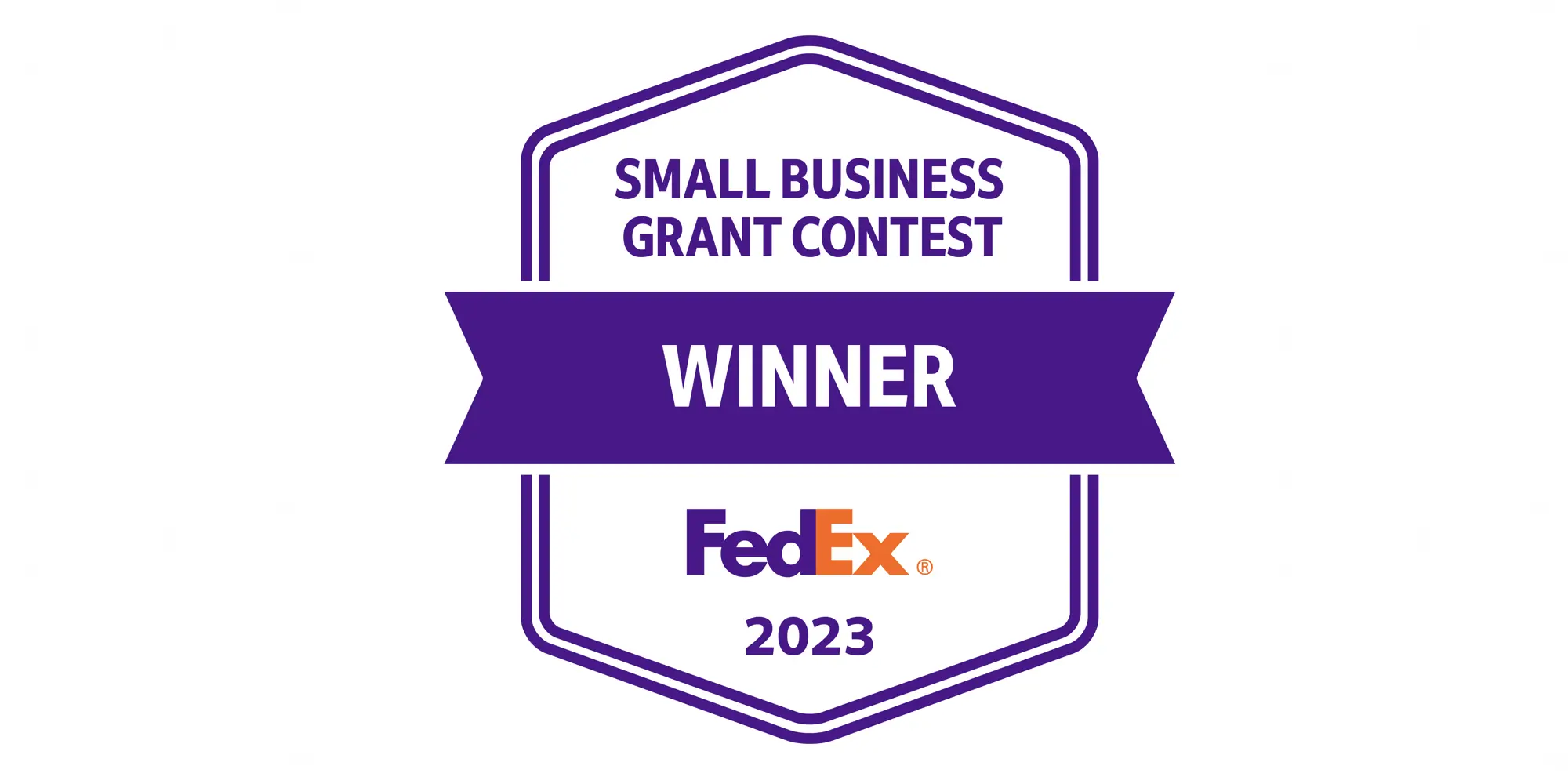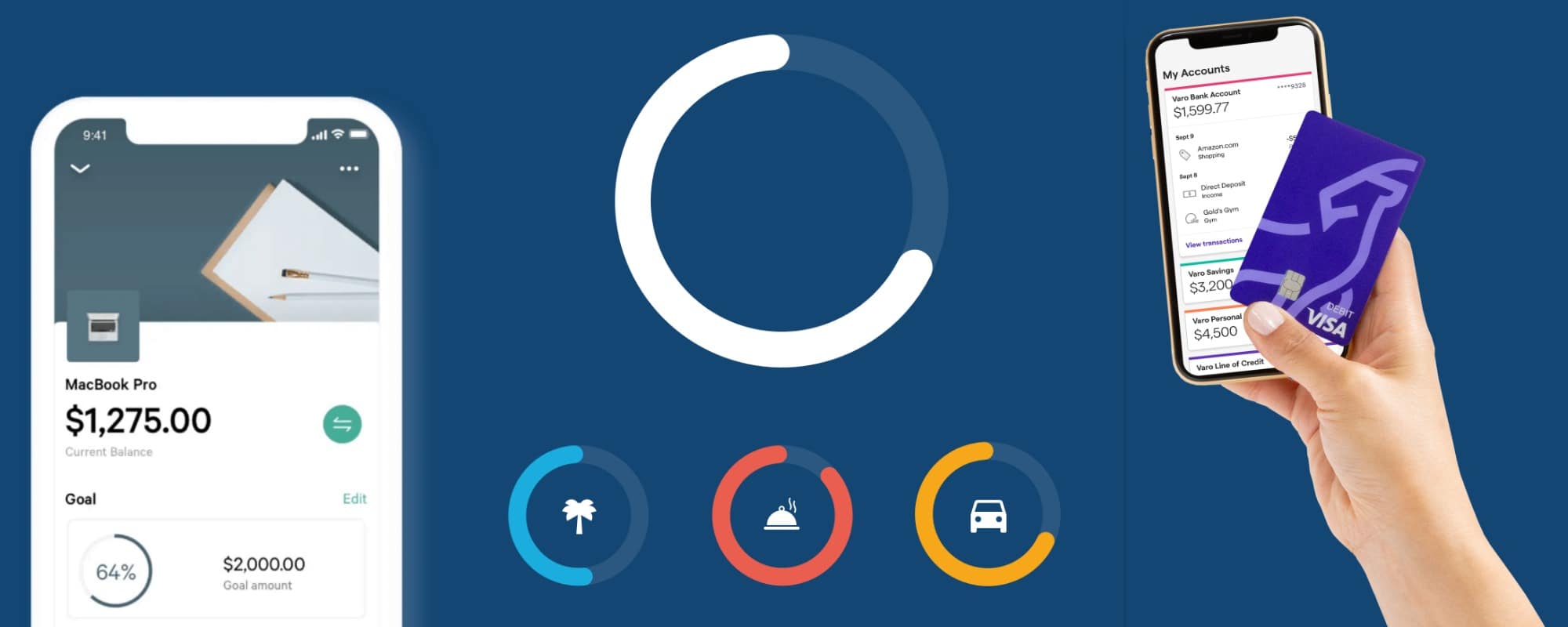
Money Management Tips
FinTech Digital Banking Options: A Round-Up

Ever since the 2008 banking crisis, Americans have grown warier and warier of major banks. In turn, financial technology startups — known as “FinTechs” — have continually offered alternatives to these institutions. This began with options like peer to peer lending and, more recently, has found several startups launching their own checking and savings accounts. As a result, today, there are several FinTech banking services to choose from.
Not too long ago, we looked at the growing list of FinTech debit cards. Now, let’s dive into some other digital banking options — including the pros and cons of these types of accounts.
Benefits and Drawbacks of FinTech Banking
Pros
Low to no fees
Perhaps the biggest benefit most FinTech banking options hold is that they forgo most of the common fees and charges that many major banks subject customers to. For example, the vast majority of digital options lack minimum balance fees, overdraft fees, and more. Plus, several offer free ATM access by either teaming with an ATM network or reimbursing users for fees incurred at third-party machines. As a result, most users will be able to use these types of accounts without paying anything.
Higher interest paid

Not only are many FinTech accounts free but they also tend to pay out more on savings than traditional institutions. That said, the divergence has been less pronounced since the Federal Reserve began aggressively cutting interest rates. Despite this, you can still find APYs five to fifty times higher than what you’d get from a basic savings account at a big bank,.
Increased FDIC insurance limits
Another interesting perk that several digital banking accounts include is FDIC insurance on balances far higher than the normal $250,000 limit. As you’ll see below, many FinTechs partner with several different banks for their offers, meaning that customers’ cash may actually be held across multiple institutions. Thus, that quarter-million cut off is multiplied. Of course, this is probably not a huge deal for most users, but it’s worth noting anyway.
Cons
Lack of cash deposit abilities
Since FinTechs don’t maintain their own bank branches or operate their own ATMs, the ability to deposit cash into these accounts is non-existent for the time being. That said, with this being a common request, it wouldn’t be surprising if a solution to this problem eventually emerges. In the meantime, you’ll likely need to stick to digital transfers and mobile check deposits.
Changing terms
Finally, a sizeable downside to some of these options is that they do have a tendency to evolve over time — and not always for the better. Given the nature of Silicon Valley, it’s common for products to launch as loss-leaders in a bid to rack up as many users as possible as quickly as possible. Then, after certain goals are reached, efforts may be made to actually monetize (or at least stop the bleeding). Unfortunately, that can mean that the offering that may look great today may not be as attractive in a few month’s time. Therefore, you may want to keep an eye on your account and watch out for updates.
A Round-Up of Top FinTech Banking Services
SoFi
APY (as of July 2020): Up to 0.2%
Standout feature: Cashback offers
Partner Bank(s): MetaBank, HSBC Bank USA, EagleBank, East West Bank, TriState Capital Bank, Wells Fargo Bank
SoFi introduced its hybrid savings and checking account called SoFi Money in 2018, followed by a wider rollout last year. More recently, the company announced a partnership with Mastercard that saw the replacement of their previous Visa cards. While the product had already been impacted heavily by the Federal Reserve’s rate cuts (as have many of the other offerings on this list), more recently, SoFi Money made other changes to their offering. This includes their ATM reimbursement perk being replaced by the Allpoint ATM network access. Additionally, users will now need to unlock the current 0.2% APY by depositing at least $500 a month into their account. However, at least for the time being, both of these changes only apply to those who joined SoFi Money on or after June 8th, 2020. Elsewhere, the company has been running cashback promotions, with past deals rewarding those who used their SoFi cards for purchases from the likes of Lyft, DoorDash, and several streaming services.
Personal Capital
APY (as of July 2020): 0.05%
Standout feature: Large withdrawal and transfer limits
Partner Bank(s): UMB Bank
Known for their free financial monitoring tools as well as their wealth management services, Personal Capital expanded into the world of digital banking last year. At that time, the APY was much more impressive but, like most of the offerings on this list, it has been hit hard by the Fed’s rate cuts. Nevertheless, in line with their wealth management tools, this account includes astronomical transfer and withdrawal limits and also provides FDIC insurance on up to $1.5 million in deposits (enabled by sweeps made to unnamed partner banks, each offering the typical $250,000 insurance).
Betterment
APY (as of July 2020): 0.4%
Standout feature: Worldwide ATM reimbursement
Partner Bank(s): The Bancorp Bank, Barclays Bank Delaware, Citibank, Cross River Bank. HSBC Bank USA, State Street Bank and Trust Company, Wells Fargo Bank
When the roboadvisor platform Betterment first entered the digital banking arena, it did so with its Betterment Cash Reserve product. The high-yield account offers a comparatively strong APY and other benefits. More recently, the company has rolled out the companion Betterment Checking account as well, including ATM reimbursement, no foreign transaction fees, etc. Together, the two accounts boast some key features and those interested in investing via roboadvisor will have that option available to them as well.
Wealthfront
APY (as of July 2020): 0.35%
Standout feature: Free checking that pays interest
Partner Bank(s): Associated Bank, Citibank, Cross River Bank, CrossFirst Bank, East West Bank, Green Dot Bank, HSBC Bank USA, Independent Bank, Peapack-Gladstone Bank, State Street Bank and Trust Company, TriState Capital Bank, Wells Fargo Bank
Joining Betterment in the category of “robo-advisors venturing into banking” is Wealthfront. However, their Wealthfront Cash Account is a bit different than what their competitor offers as it’s a hybrid option, merging checking features with a decent APY. One shortcoming, however, is that Wealthfront’s current ATM network is lacking, with only 19,000 free machines available to users. Nevertheless, the account could be a no-brainer for those already using Wealthfront’s services.
Varo
APY (as of July 2020): 1.21%
Standout feature: 2.80% APY can be unlocked by making at least five Varo Visa debit card purchases per month and receiving total direct deposits of $1,000 or more per month (for balances up to $10,000)
Partner Bank(s): The Bancorp Bank
With any luck, Varo Money won’t be working with partner Bancorp much longer. That’s because the company is on the verge of obtaining their own bank charter — making them the first FinTech to do so. Currently Varo is awaiting final approval after getting the green light from the FDIC, but that last step is expected to be completed this summer. Once the bank charter is obtained, the company plans on expanding its savings products, while also venturing into the world of credit cards. In the meantime, their savings account currently offers one of the highest interest rates on this list, and it only climbs higher if certain requirements are met.
Robinhood
APY (as of July 2020): 0.3%
Standout feature: Stock dividends can be added to your cash balance and accessed via debit card
Partner Bank(s): Goldman Sachs Bank, HSBC Bank USA, Wells Fargo Bank, Citibank, Bank of Baroda, U.S. Bank, Amerant Bank
The road to Robinhood’s Cash Management account was a rocky one — but that’s a story for another day. As for the product that launched late last year, it includes some standard digital banking features but adds some helpful functionality for brokerage customers (note: all Cash Management users need to also have a brokerage account but don’t need to hold investments). For example, if users choose not to automatically reinvest their dividends, these payments can be added to the their balance, making them easy to access thanks to the Robinhood debit card. Meanwhile, working in the opposite direction, customers can also use funds in their Cash Management accounts to purchase stocks.
Monzo
APY (as of July 2020): TBA
Standout feature: Roundup option for automated savings
Partner Bank(s): Sutton Bank
Another FinTech offering in the works comes from Monzo, who already operates across the pond. The company is currently offering a waitlist for this stateside debut. In addition to useful tools such as instant peer to peer transfers, Monzo’s U.S. offering also promises other money management minded features, including round-ups, partitioned funds (called “Pots”), and more.
N26
APY (as of July 2020): N/A
Standout feature: Discounts for Adidas, Udemy, Fiverr, and more.
Partner Bank(s): Axos Bank
Last but not least, N26 includes a number of features you’d expect as well as a few you wouldn’t. Take, for instance, their unique debit card perks, that include such offers as a one-time 30% discount at Adidas and a three-month free trial of 8fit. Also, the translucent debit card issued by the company stands out as one of the more intriguing designs found among these FinTechs.
These days, there’s certainly no shortage of FinTech digital banking options. Despite a couple of downsides, on the whole, these accounts offer a number of benefits for customers. So whether you’re tired of paying fees, want a little extra interest on your savings, or wish to better manage your money, these FinTech offerings may just be right for you.












